Deck & Commander Strategies

Otharri, Suns' Glory
Control the board with tokens and protective instants, using Sunforger to tutor key spells like Ward of Piety and Delaying Shield to mitigate poison damage while building a resilient token army.
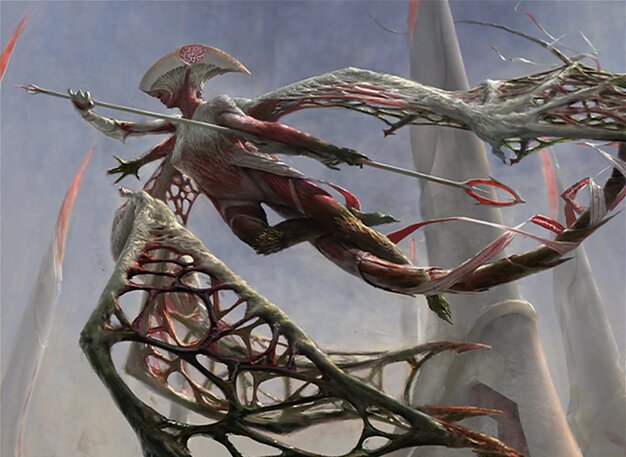
Ixhel, Scion of Atraxa
Deploy small toxic creatures early to apply poison counters, then leverage proliferate effects from cards like Norn's Choirmaster and Karen's Bastion to escalate poison counters and control the board.

Neyali, Suns' Vanguard
Generate numerous tokens and enhance them with double strike and first strike to dominate combat and overwhelm opponents through aggressive board presence.

Vishgraz, the Doomhive
Aggressively apply poison counters with infect creatures and, if poison doesn’t finish the game, use a large 21/21 commander to close out through sheer combat damage.
Gameplay Insights
- 1
The timely removal of Venerated Rot Priest with Museum Mortars was crucial in slowing down the poison onslaught, demonstrating the power of spot removal in this meta.
- 2
Using proliferate strategically via Karen's Bastion and Grateful Apparition accelerated poison counters, increasing pressure on opponents who lacked sufficient removal.
- 3
Otharri's use of Sunforger to tutor protective instants like Ward of Piety and Delaying Shield was a key defensive measure against poison-heavy decks.
- 4
Token generation from commanders like Otharri and Neyali helped create a defensive wall and maintain board presence, counterbalancing the aggressive poison strategies.
- 5
The interplay between infect damage and combat damage from a large commander provided a dual threat that opponents had to address simultaneously, complicating defensive priorities.
Notable Cards
-
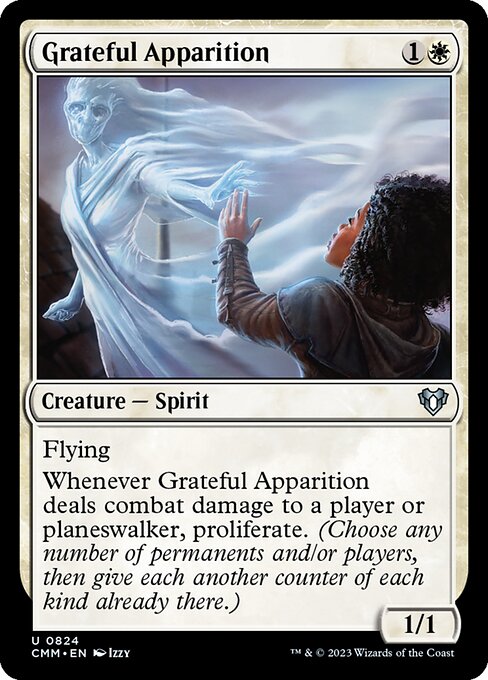
Grateful Apparition
-
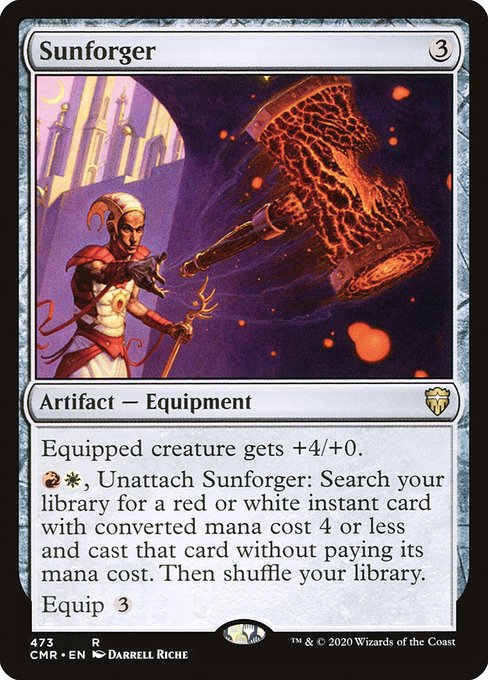
Sunforger
-
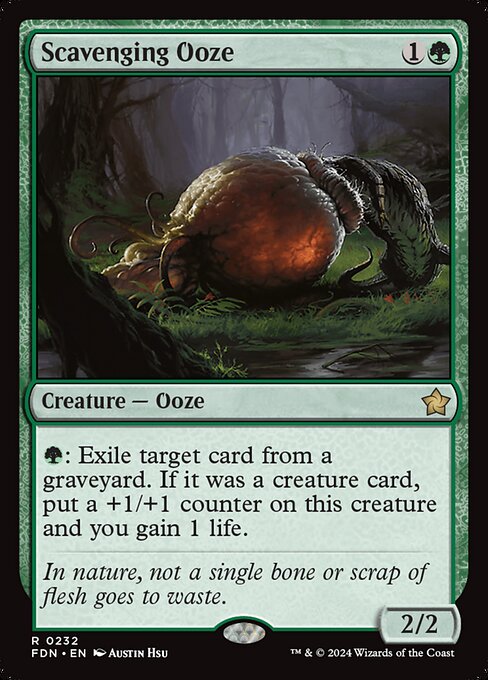
Scavenging Ooze
-
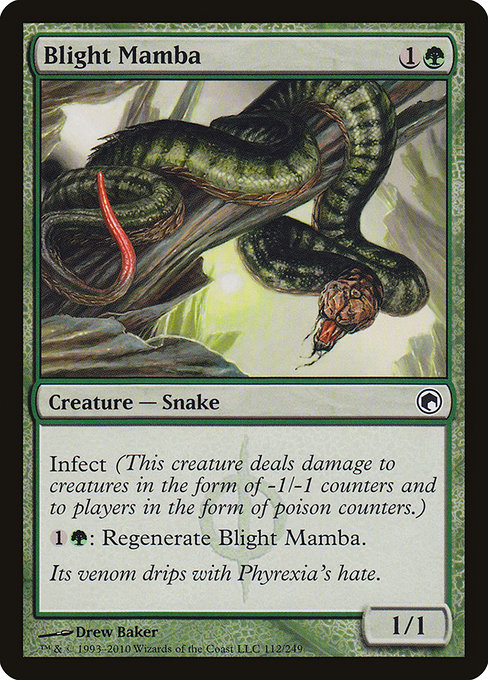
Blight Mamba
-

Staff of the Storyteller
Gameplay Summary
The game featured a tense clash between two factions—the Mirrans and the Phyrexians—with four players piloting commanders centered around poison counters and token generation.
Early turns saw players developing their boards cautiously, with key plays including the deployment of toxic creatures like Venerated Rot Priest and Pestilent Siphoner.
A pivotal moment occurred when a well-timed Museum Mortars spell took out the potent Venerated Rot Priest, momentarily stalling the poison assault.
Despite this, the poison strategy progressed steadily, with proliferate effects from cards like Karen's Bastion and Grateful Apparition amplifying the threat of poison counters across players.
Token creation and board presence were also significant, with Otharri generating Spirits and Amiria Angel producing flying blockers, attempting to stabilize the board against the growing toxic pressure.
The game evolved into a delicate balance of managing poison counters while battling for board control.
The Phyrexian aggro deck centered around Vishgraz, the Doomhive, applied relentless pressure with infect creatures and a massive 21/21 commander, threatening to close out the game quickly if unchecked.
Ultimately, the interplay of proliferate, toxic creatures, and defensive tokens defined the dynamic tempo swings and strategic depth of the match.


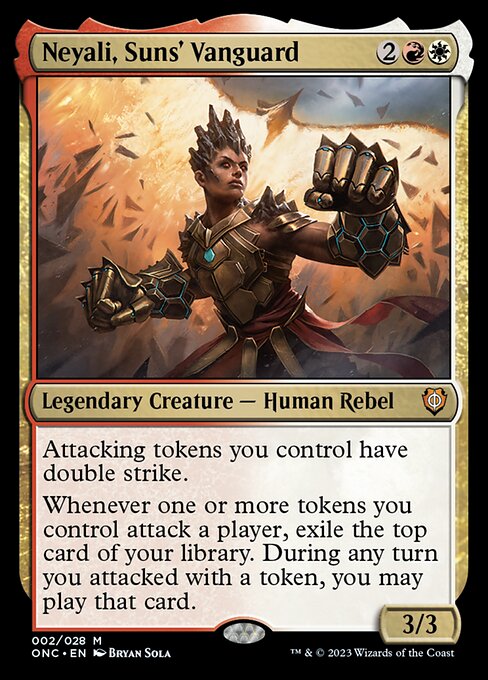
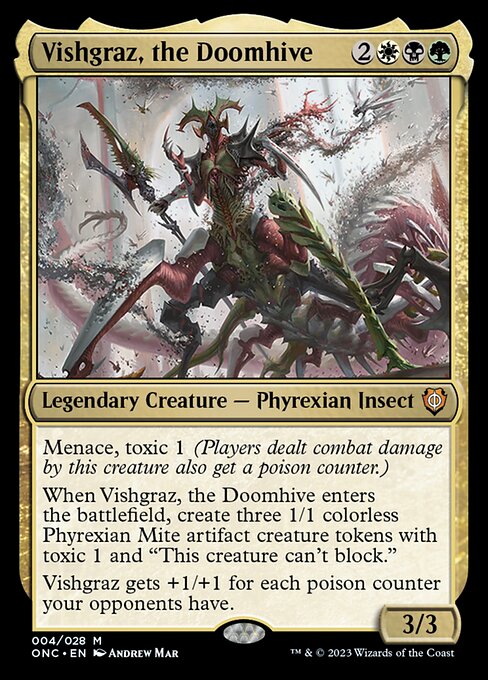
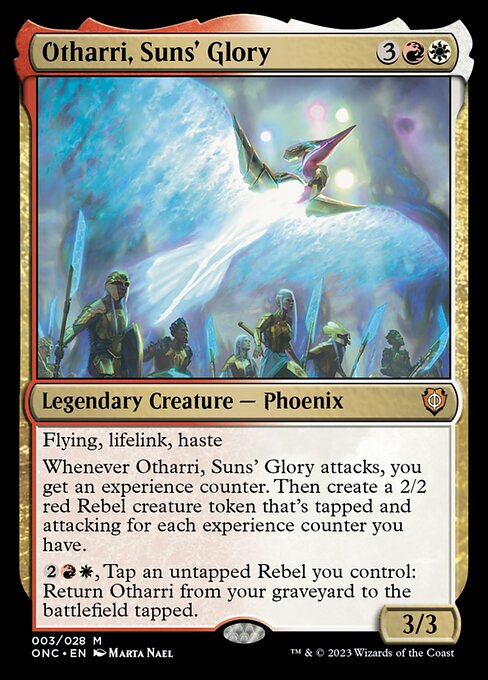

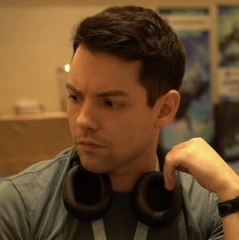
















![All will be one! EP: 4 Prosper v Neyali v Ixhel v Karumonix [EDH gameplay] thumbnail](https://i.ytimg.com/vi/1rB3FW952-4/sddefault.jpg)






















